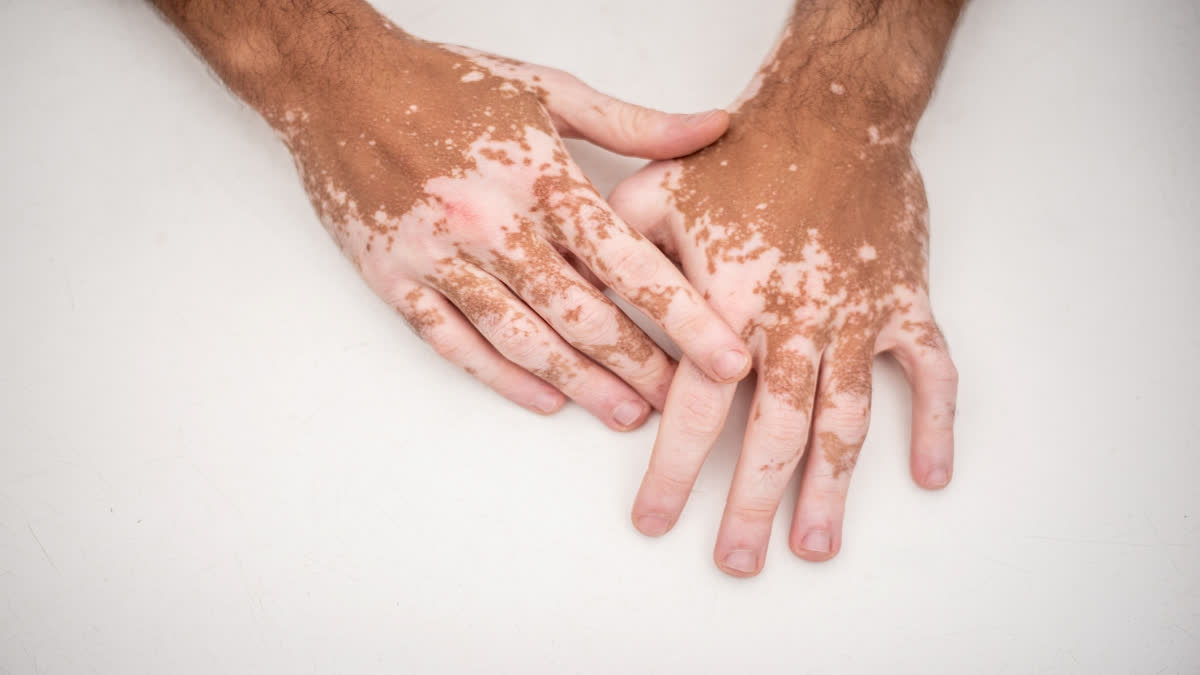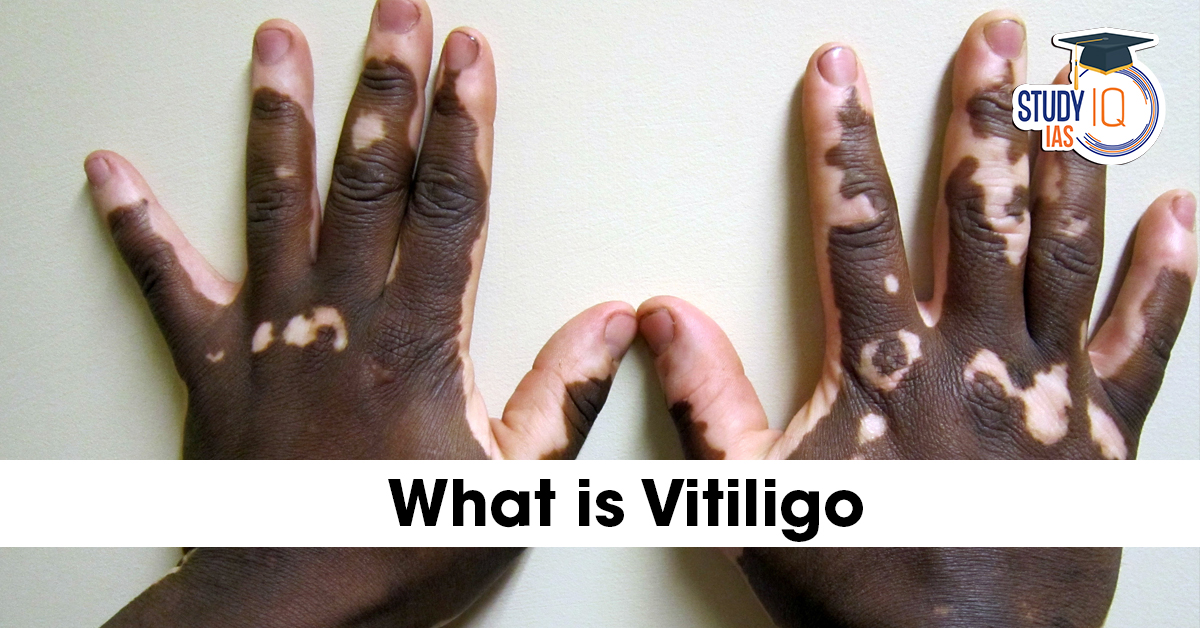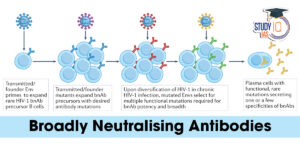Context: Vitiligo has gained attention for efforts to raise awareness, dispel harmful myths, and promote inclusion and dignity for those affected, ahead of World Vitiligo Day (June 25).
What is Vitiligo?
- A condition that causes loss of skin color in patches.
- Can affect any part of the body, including hands, face, feet, forearms, and inside of the mouth.
- May also affect hair, causing white or grey patches.
- Patches tend to enlarge over time.

Causes
- Caused by the destruction of melanocytes (cells that produce melanin) by the immune system.
- Melanin is the pigment that gives skin, hair, and eyes their color.
- About 30% of cases are genetic.
- The exact cause remains under research.
Who is Affected?
- Affects all races and genders equally.
- More visibly noticeable in people with darker skin tones.
- Affects around 1% of the global population.
Nature of the Condition
- Not life-threatening.
- Not contagious.
- Mostly a cosmetic and psychological concern due to social stigma.
Treatment
- No permanent cure.
- Treatment may help restore skin color in some cases.
- Does not stop progression or prevent recurrence.


 Advanced Air Defence Radars: Types, Comp...
Advanced Air Defence Radars: Types, Comp...
 Ion Chromatography, Working and Applicat...
Ion Chromatography, Working and Applicat...
 Broadly Neutralising Antibodies (bNAbs):...
Broadly Neutralising Antibodies (bNAbs):...

























